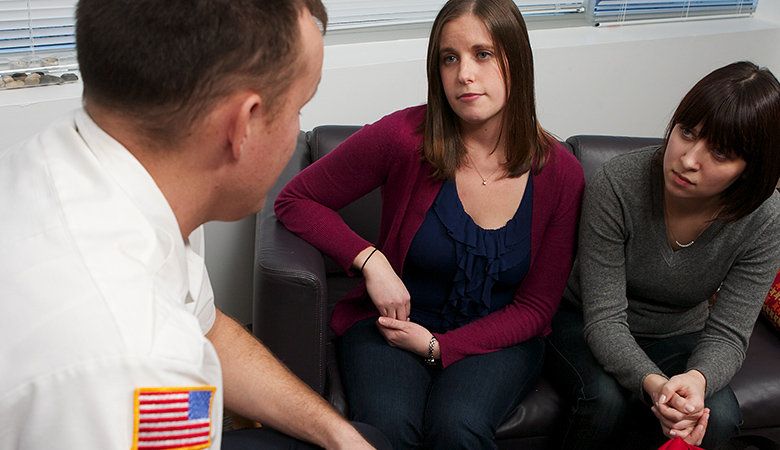
Challenge
Suicide claims nearly 50,000 lives each year and was the second leading cause of death among Americans aged 10–14 and 20–23 in 2021. But with more attention being paid to suicide prevention than ever before, research, advocacy, and new prevention and treatment initiatives promise to save countless lives and promote hope.
EDC is a key partner in operating the national Suicide Prevention Resource Center (SPRC), which plays an essential role in building U.S. capacity to prevent suicide. As the nation’s only federally supported resource center devoted to advancing the National Strategy for Suicide Prevention, SPRC provides technical assistance, training, and materials to support a strong foundation for comprehensive suicide prevention in states, health systems, tribes, schools, and communities across the country.
Key Activities
SPRC promotes collaboration among a wide variety of partners and builds capacity in evidence-based suicide prevention strategies that save lives. EDC SPRC staff:
- Contribute to the development of each new National Strategy for Suicide Prevention (National Strategy) including the National Strategy released by the Biden-Harris Administration in April 2024
- Lead efforts to support and improve state and territory suicide prevention infrastructure and capacity
- Work with diverse prevention professionals and leaders, such as policymakers, business leaders, community groups, school health personnel, and behavioral health care professionals
- Provide secretariat support and communications leadership for the National Action Alliance for Suicide Prevention, the nation's public-private partnership to advance the National Strategy
- Provide subject matter expertise and collaborate with partners to promote evidence-based care for individuals at risk for suicide in health systems, including the Zero Suicide framework
Impact
For over 20 years, EDC’s work on the SPRC project has resulted in the following:
- Provided technical assistance that contributed to reduced youth suicide deaths and attempts among SAMHSA's youth suicide prevention grantees between 2005 and 20201
- Reached over 5,500 health system leaders and clinicians with the Zero Suicide Listserv
- Brought together hundreds of organizations and leaders from the public and private sectors to advance the National Strategy through the National Action Alliance for Suicide Prevention
- Helped write strategic suicide prevention plans in all 50 states, contributing to substantial gains in state suicide prevention infrastructure2
1Walrath, C., Garraza, L. G., Reid, H., Goldston, D. B., & McKeon, R. (2015, May). Impact of the Garrett Lee Smith youth suicide prevention program on suicide mortality. American Journal of Public Health, 105(5), 986–93. https://doi.org/10.2105/AJPH.2014.302496
2Suicide Prevention Resource Center. (n.d.). State and territorial suicide prevention needs assessment homepage. https://sprc.org/SNA/
Learn More
PROJECT DIRECTOR

DURATION
FUNDED BY
PARTNERS
(Prime) University of Oklahoma Health Sciences Center (OUHSC)
FOLLOW
Facebook Twitter